
Site Highlight: Wood-Rill SNA
By Matt Johnson, SNA Communications Outreach Specialist
|
Before going to Wood-Rill SNA, I did a bit of research and came away with three major facts: Firstly, the site was named by the previous owners of the land, Bruce and Ruth Dayton. They based it on a line of poetry by William Wordsworth, “His daily teachers had been woods and rills/ The silence that is in the starry sky/The sleep that is among the lonely hills.”
Second, According to University of Minnesota Forest Ecologist Lee Frelich, individual trees in Wood-Rill SNA range from seedlings up to 350 years old, with many trees between 120-180 years old. This may come as a surprise, as Wood-Rill SNA is only about 20 minutes west of Minneapolis.
Finally, Wood-Rill SNA preserves an outstanding example of sugar maple "Big Woods" forest. This forest type is ranked S2, or imperiled, in the state and is increasingly rare in the developing metro-area. Having the opportunity to visit such a site was a unique experience, especially for someone like me, who lives in the heart of downtown St. Paul.
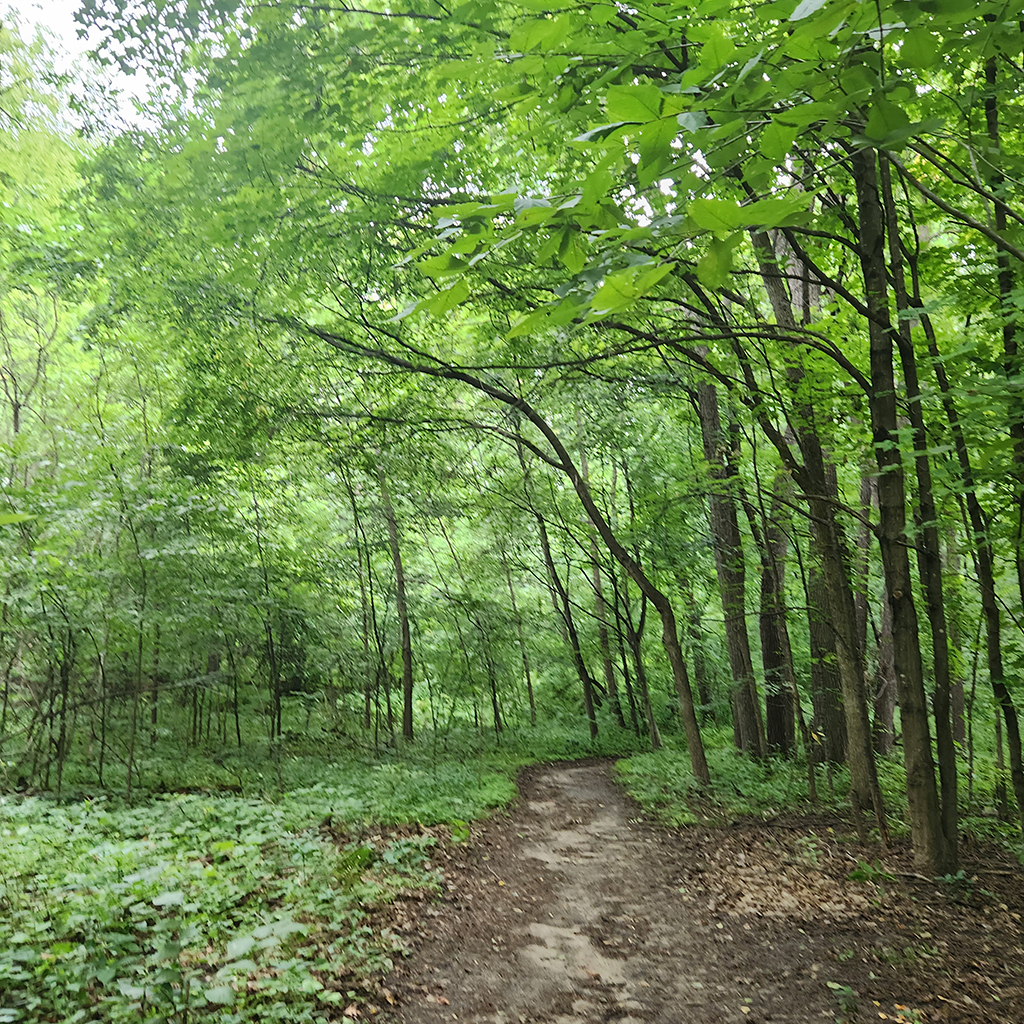 The green foliage of Wood-Rill SNA. Photo by Matt Johnson
It was a quiet August afternoon when I, along with a friend, made our way into Wood-Rill SNA. It was immediately obvious that, despite the short drive, we had definitely left the city and stepped into a unique place teeming with biological diversity. One of the first things we noticed is how the site is filled with the sound of various bird calls. According to the interpretive panel in the parking area for the SNA, we were to keep an eye out for species such as the red-shouldered hawk, scarlet tanager, and pileated woodpecker. Unfortunately, we didn’t manage to see any of them, but we could certainly hear a lot of birds!
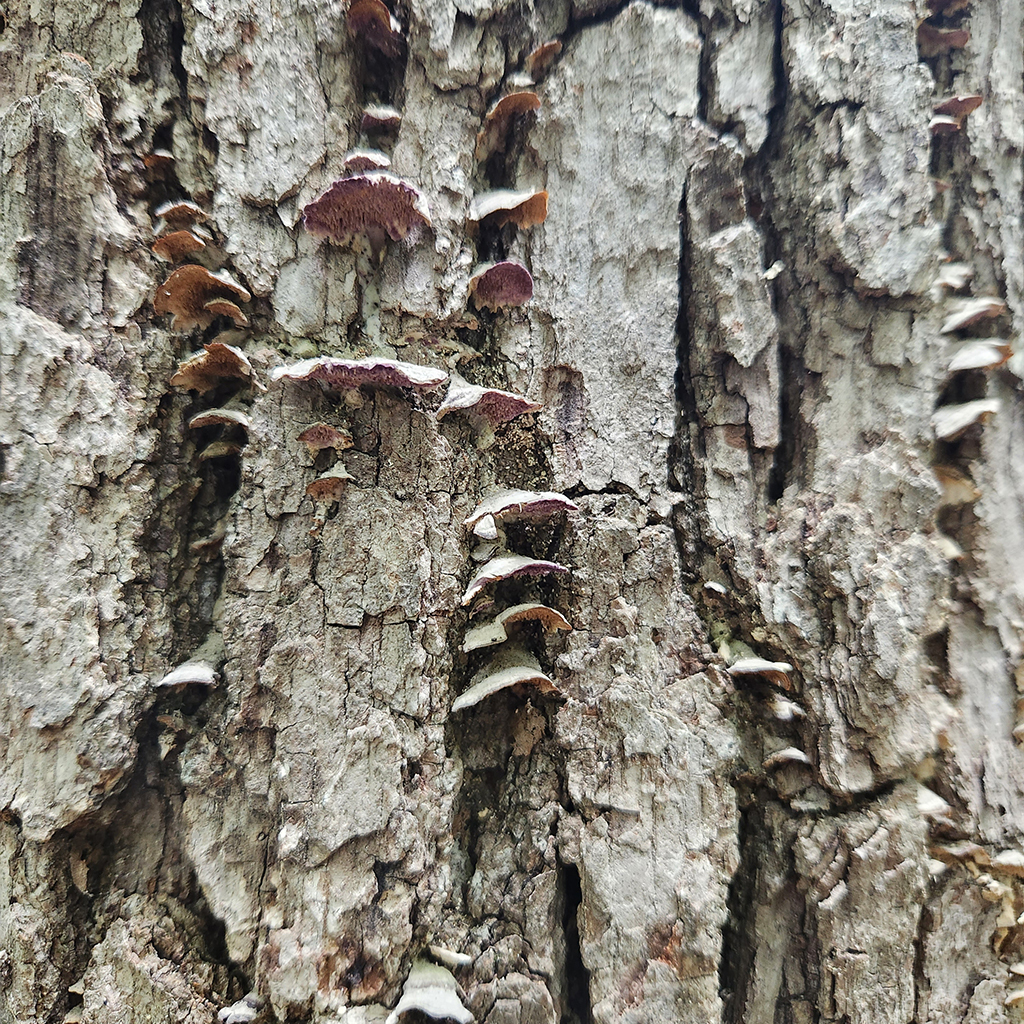 Violet-toothed polypore (Trichaptum biforme) at Wood-Rill SNA. Photo by Matt Johnson
We did, however, manage to see the plant life that dominates the landscape of the SNA. The dominant canopy trees at Wood-Rill SNA include red oak, basswood, sugar maple, and white oak. We also saw an abundance of violet-toothed polypores (Trichaptum biforme) which grow on at least 65 different tree hosts!
As we ventured deeper into the SNA, the foliage became denser, and the terrain much steeper. The hills in this area are the result of a mass of rocks and sediment carried and deposited by ancient glaciers— the St. Croix moraine. Wood-Rill SNA is home to other remnants of the glacial era as well, such as small ice-block depressions now a pond, sedge meadows, and a black ash swamp on the site's western perimeter.
We turned back soon after, as we had forgotten to bring mosquito repellent (a rookie mistake!), but as our agenda amounted to nothing more than an opportunity to get outside and appreciate nature, we felt like our trip was ultimately a success. As we made our way back, we finally saw the first other people at the SNA: a family, two parents and a young child, hiking through the SNA. It was clear that, thanks to the gift of the Dayton family, this site could be appreciated by all generations, for many years to come.
Back to top

Staff Highlight: Chance Meyer
Chance Meyer is an SNA Technician based in the DNR’s south region.
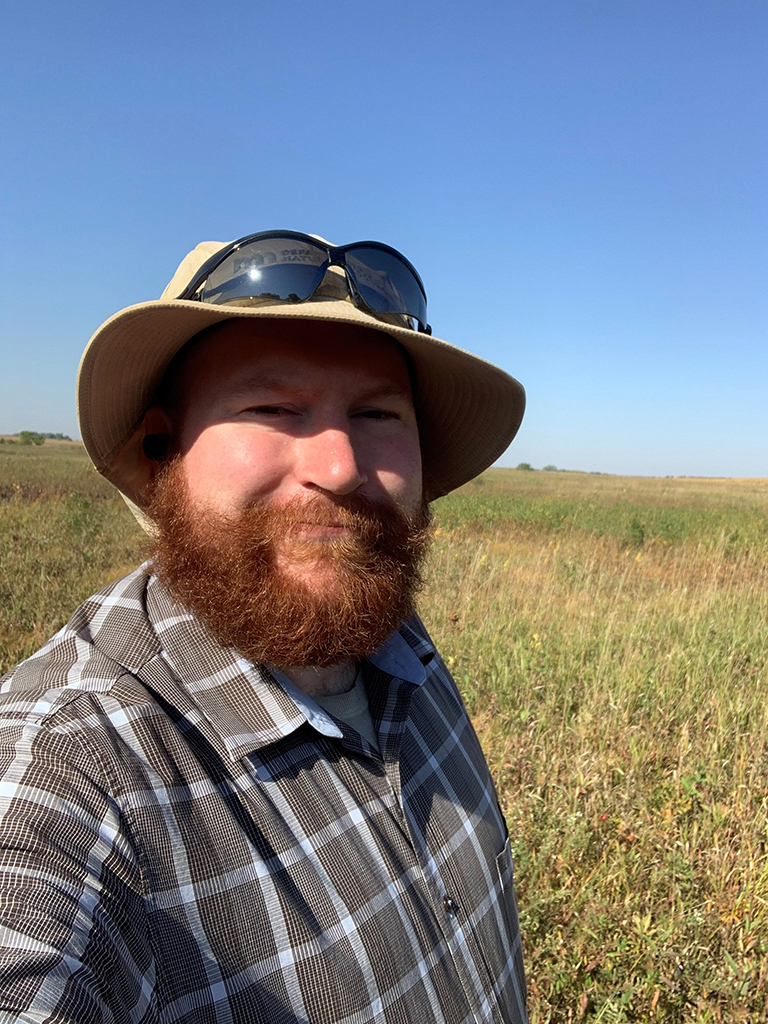 Chance Meyer out on the prairie. Photo by Chance Meyer
What is the best part about your job (and why)?
I think that would be getting to work outdoors. As a technician I get to dig in and do the dirty work of improving our natural resources. I’m outside every day, in all sorts of weather, doing all sort of work. I get to be close to nature. “The prairie is my office” as I tell people. I see interesting plants and animals all the time whether it’s a doe bounding across the field, a dragonfly I coax to rest on my hand, a skink running through the grass, or a pheasant taking flight right in front of me after I startle it (and it startles me!). I’ve always loved taking in natural and wild spaces and being able to do it for a living is great.
What gets you excited about your work (and why)?
Nothing feels better to me than seeing a pristine piece of wilderness. Knowing that I’m doing the work to change disturbed land into a pristine piece of wilderness feels great. I get to use my body to do the physical work and my mind to make sure I’m doing it right whether with plant ID or applying management techniques, as well as other things. I went to school for Ecology and Wildlife Management and being able to put to use the knowledge I acquired always feels good. It also helps that projects shift and change over the course of the year, so I get to do different things from week to week or day to day.
What is your favorite way to spend time outdoors (and why)?
I think I most enjoy exploring new places. I like hiking new parks and taking new paths or finding little hidden spots off the trail (when appropriate). Like many people I’ve met over the years, I’d like to visit every state park in Minnesota and spend at least a little time exploring it, and I’m getting pretty close! Hiking is a great form of exercise and exploration helps me continue to experience new and exciting things. I also like how accessible hiking is and how it doesn’t really require much for preparation, it’s easy to include friends and family, and I can show off my knowledge of the natural world. Just pick a park, pack a lunch, bring a friend, and go.
Back to top
Research Roundup
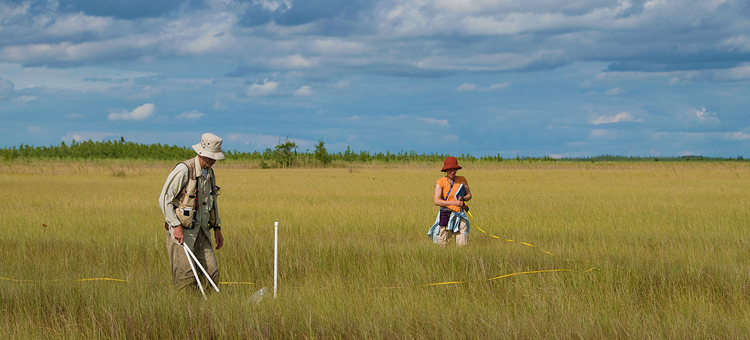
Scientific research is encouraged on SNAs to advance the knowledge of natural systems and the species that inhabit them. Each year the Scientific and Natural Areas Program reviews over 60 applications for research, most of which are issued after review by local and statewide SNA management staff. Minnesota State Parks and Trails and The Nature Conservancy also review some applications. In addition to research permits, special use permits are issued for activities such as seed harvest for restoration efforts and for naturalist activities. So far, in 2023 staff have reviewed 67 applications. Projects issued permits this year include:
- Impacts of conservation grazing on nest and brood survival of greater prairie-chickens (Tympanuchus cupido)
Minnesota Department of Natural Resources Grouse Research
- Exploring the fungi diversity of old growth forests
University of Minnesota
- Butterfly and habitat surveys at Kellogg Weaver Dunes SNA
Minnesota Department of Natural Resources
- Understanding genetic and functional drivers of flower color variation in Indian paintbrush (Castilleja coccinea)
Northwestern University and the Chicago Botanic Garden
- Long-term stream biological monitoring network surveys
Minnesota Pollution Control Agency
- Assessing whether arbuscular mycorrhizal fungi aid in northern tallgrass prairies’ acclimation to climate change
North Dakota State University
- Minnesota wetland condition assessment
Minnesota Pollution Control Agency
- Bioacoustics for broad-scale species monitoring and conservation of red-headed woodpeckers (Melanerpes erythrocephalus)
University of Minnesota
- Conservation and monitoring of Minnesota’s rare arctic plants at Sugarloaf Point
University of Minnesota Duluth
- Understanding constraints on reproductive success in western prairie fringed orchid (Platanthera praeclara)
North Dakota State University
- Assessing the occurrence of non-native gooseberries and currents (Ribes sp.) on Minnesota Point
University of Minnesota Duluth
- Integrating evolutionary and migratory potential of partridge pea (Chamaecrista fasciculata) into forecasts of range-wide population dynamics under climate change
Davidson College (North Carolina)
- Surveying lichens for contributing to the Great Plains lichen flora project
University of Kansas R. L. McGregor Herbarium
New proposals are welcomed year-round, and the SNA Program encourages researchers, including university professors and independent scientists, as well as undergraduate and graduate students, to apply early. An application this fall or winter for work that proposed for 2024 would provide ample time for review and any needed follow-up. All researchers must submit a completed research application. Please note review of application may take up to 30 days or more.
Back to top
Notes from Site Stewards
Site stewards monitor SNAs across Minnesota. Their observations provide valuable information to the SNA Program. Summer prairie visits were regularly reported, with a variety of observations and tasks completed.
- Stewards sometimes help with basic maintenance at their SNA, such as straightening boundary signs. That is what Mike Spry, steward at Santee Prairie SNA, did when he visited the SNA on June 8.
- Site steward Jeff Kujath noted the long-term progress being made in reducing invasive Queen Anne’s lace at Osmundson Prairie SNA. On his July 28 visit he noted only about 15 plants, which he pulled.
- While making observations on August 28 site steward Sara Reagan took photos of several moths and butterflies at Antelope Valley SNA. They included monarchs, green clover moth, painted lady, yellow-collar scrape moth, and the black swallowtail below.
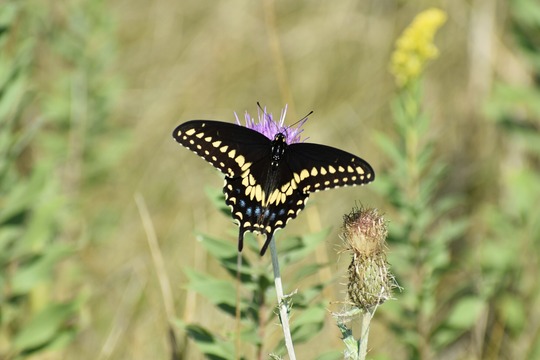 Black swallowtail butterfly at Antelope Valley SNA. Photo by Sara Reagan
Back to top
SNA Events
Is it fall already? If you are ready for fall here are a variety of events scheduled for the coming months. To see the full list, visit the SNA events calendar.
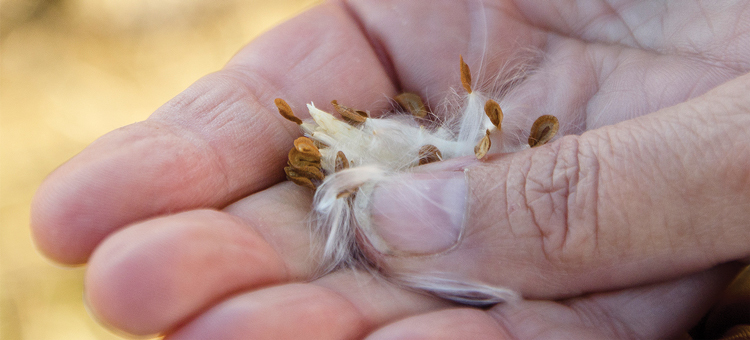
09/30/23 Volunteer Stewardship Project: Collect Seed Spring Creek Prairie SNA
10/08/23 Golden Hour Fall Foliage Paddle Lost Lake Peatland SNA
10/21/23 October Stewardship Project Lost Valley Prairie SNA
10/21/23 Volunteer Stewardship Project: Pull Buckthorn Avon Hills Forest SNA
10/28/23 Volunteer Stewardship Project: Clear/Stack Brush Chamberlain Woods SNA
11/18/23 November Stewardship Project Lost Valley Prairie SNA
|